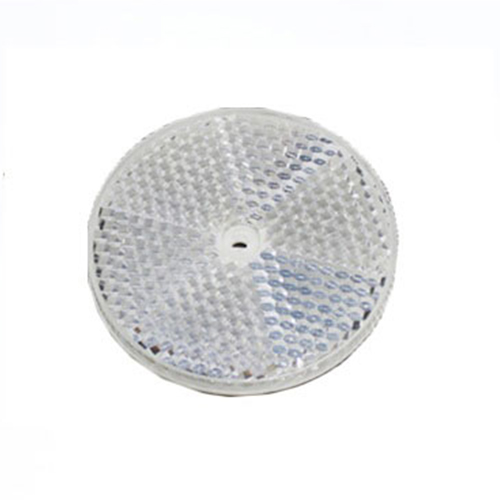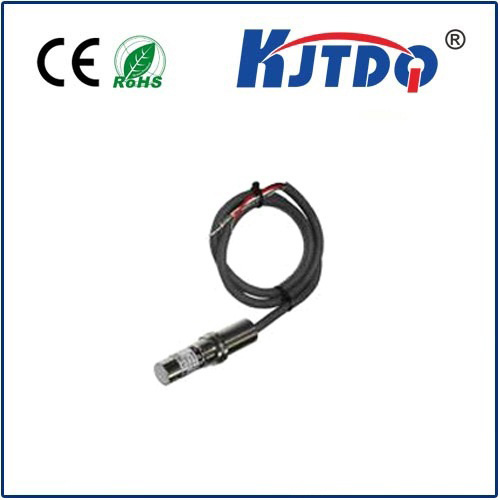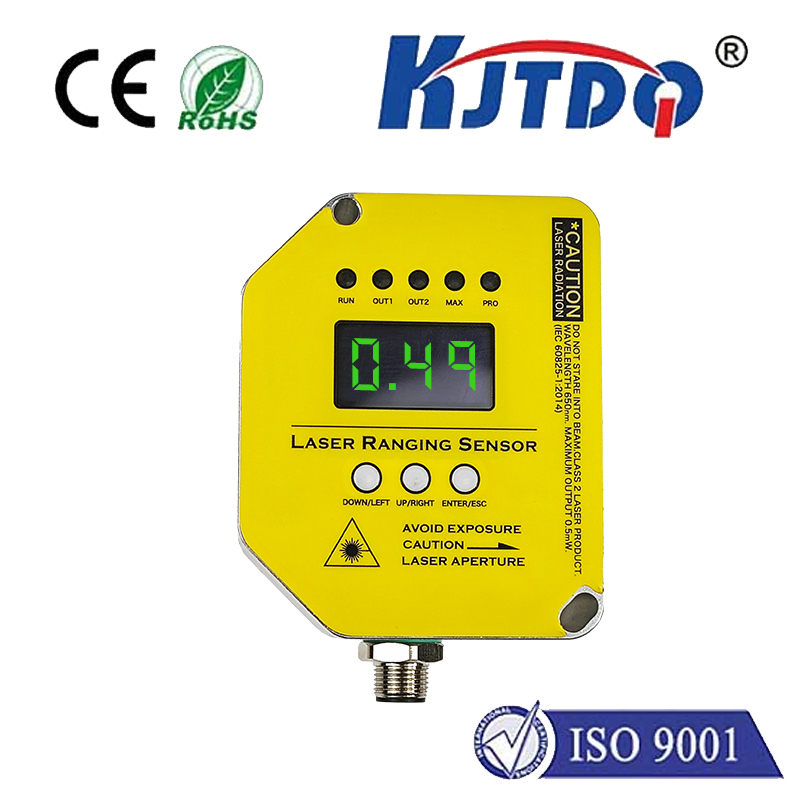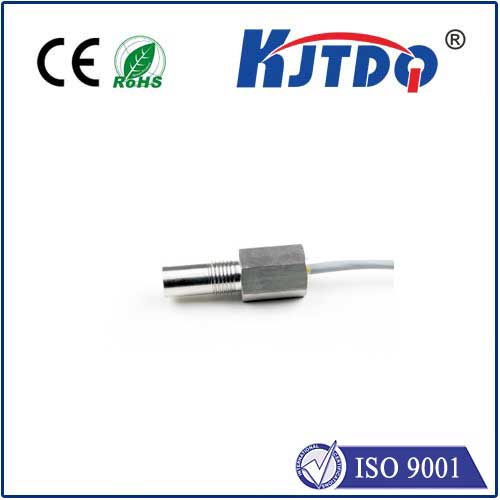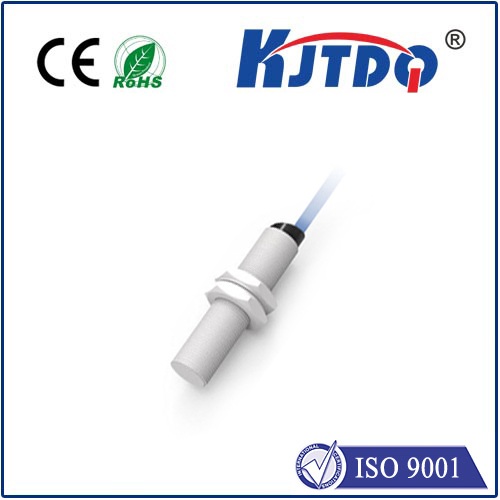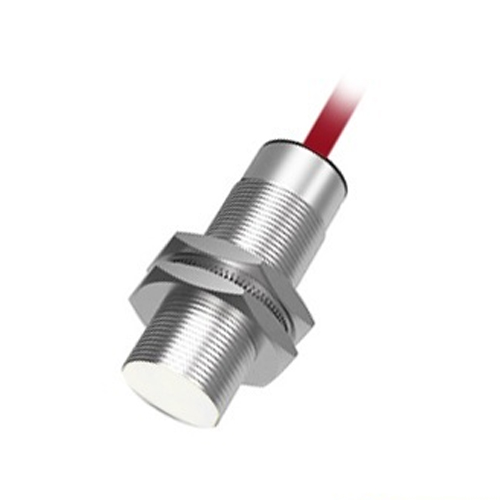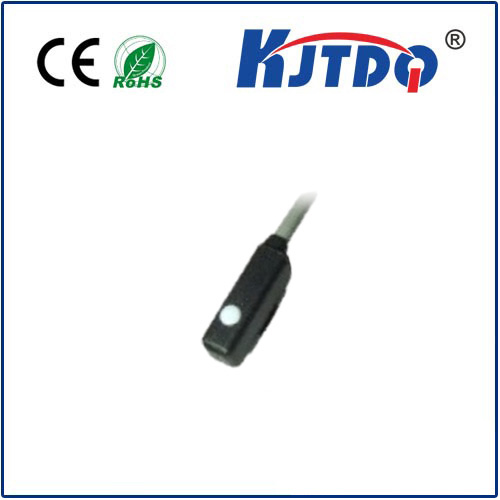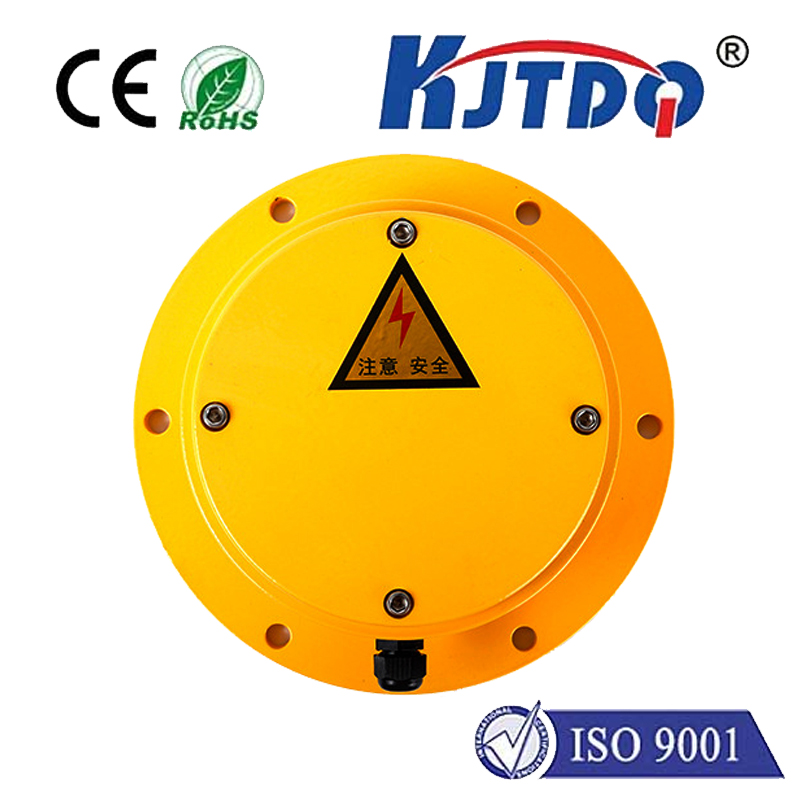laser cutter water flow sensor
- time:2025-09-08 17:14:32
- Click:0
The Unsung Lifeline: Why Your Laser Cutter Absolutely Needs a Water Flow Sensor
Imagine this: your laser cutter is humming along, etching a complex design into beautiful hardwood. Suddenly, it sputters to a stop. A dreaded error flashes on the screen – “Temperature Error” or “Cooling Fault.” Panic sets in. The intricate project is ruined, but worse, the heart of your machine – the CO2 laser tube – might be critically damaged. The culprit? Often, it’s an unseen failure in the cooling system that could have been prevented by a simple, vital component: the laser cutter water flow sensor.
Far more than just another accessory, a water flow sensor is the essential guardian of your CO2 laser tube’s health and operational integrity. In a water-cooled laser system, the laser tube generates intense heat during operation. A continuous flow of chilled water is absolutely critical to absorb this heat and maintain the tube within its safe operating temperature range. The water flow sensor acts as the watchful sentinel, continuously monitoring this vital coolant flow.
How This Critical Guardian Works
Positioned directly within the laser’s cooling water loop, typically after the pump but before the laser tube inlet, the sensor constantly checks the presence and rate of water movement. The most common types are:

- Paddle Wheel Sensors: A small impeller spins within the water stream. An internal sensor detects this rotation. No spin = No flow = Critical problem.
- Magnetic Piston/Float Sensors: Water flow physically lifts or moves a magnetic piston or float. A reed switch or Hall effect sensor detects this movement.
- Solid-State Sensors (Less common but growing): Utilize ultrasonic or thermal principles to detect flow without moving parts.
Regardless of the specific technology, the core function remains the same: detect adequate coolant movement and signal the laser cutter’s control system accordingly.
The Critical Importance: Beyond Just Cooling
Ignoring this small component can lead to catastrophic and expensive consequences:
- Preventing Instant Catastrophe: Overheating: This is the immediate, most severe risk. Without sufficient coolant flow, even just for minutes, a CO2 laser tube can overheat catastrophically. This often results in internal cracking, permanent damage, or complete failure. Replacing a laser tube is one of the most significant costs associated with laser cutter ownership. The water flow sensor is the primary defense against this expensive disaster. It triggers an immediate shutdown if flow drops below the critical threshold.
- Safeguarding Long-Term Investment: Component Longevity: Even brief periods of reduced flow or air bubbles (cavitation) can cause thermal stress on the laser tube. Over time, this stress significantly shortens the tube’s operational lifespan. Consistent cooling, verified by the sensor, ensures the tube operates under optimal conditions, maximizing its valuable working hours.
- Protecting Your Work: Material and Process Integrity: An overheating laser tube doesn’t just die quietly. Its performance degrades before failure. This can manifest as inconsistent power output, erratic beam focus, or poor cutting/engraving quality – potentially ruining your workpiece before the machine even throws an error. Reliable cooling, confirmed by the flow sensor, ensures consistent beam quality and process reliability.
- Avoiding Costly Downtime: A failed laser tube means production halts. Waiting for a replacement tube involves significant downtime and lost revenue. The minor preventative measure of having a functional flow sensor drastically reduces the risk of this major disruption.
- Detecting Systemic Cooling Issues: Flow problems aren’t always due to a dead pump. Blockages in lines or filters, kinked hoses, low coolant level in the reservoir, or a failing pump impeller can all reduce flow. The sensor acts as an early warning system for these broader coolant flow issues within the laser water chiller system.
Choosing and Maintaining Your Flow Guardian
Selecting the right laser water flow sensor usually involves matching the sensor’s flow range and connector size to your specific cooling system’s requirements. Your laser cutter manufacturer’s recommendation is always the best starting point. Key considerations:
- Flow Rate Range: Ensure the sensor is rated for your system’s typical flow rate (usually measured in liters per minute - LPM).
- Connection Size: Match the thread size (e.g., G1/4”, G3/8”) to your tubing.
- Compatibility: Verify the sensor’s output signal type (typically a simple on/off switch or pulse signal) is compatible with your laser’s controller input.
Regular maintenance is simple but crucial:
- Routine Inspection: Visually check the sensor and its connections during regular system maintenance.
- Clean Chilled Water: Using distilled water with a suitable biocide/algae inhibitor (like those designed for laser water chiller systems) prevents mineral buildup and biological growth that could clog the sensor mechanism.
- Prompt Replacement: If a sensor fails (often indicated by false alarms or failure to trigger during low flow), replace it immediately. Never bypass it! Operating without this critical safety device is an extremely high-risk gamble.
Conclusion: Not an Option, an Essential
Viewing the water flow sensor as merely an optional component is a fundamental misunderstanding of laser cutter safety and economics. It is the vital link in the chain that protects your most expensive consumable – the laser tube – from thermal destruction. It ensures consistent performance, prevents costly downtime, and safeguards your valuable work. For any owner or operator of a water-cooled CO2 laser cutter, ensuring a reliable coolant flow monitor is present and fully functional isn’t just good practice; it’s an absolute, non-negotiable requirement for safe, reliable, and cost-effective operation. Don’t let this unsung hero be the weak point in your laser workflow.






